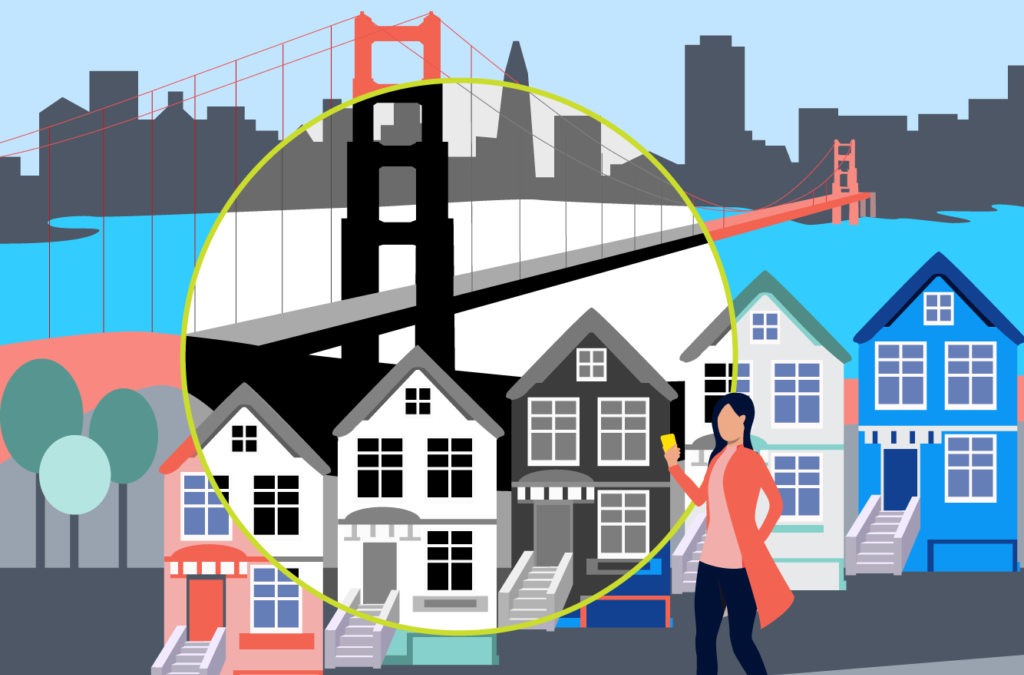Bill Gates has famously said, “We always overestimate the change that will occur in the next two years and underestimate the change that will occur in the next ten.” I’m always struck by this truth when the end of the year approaches and I look back at what has changed in technology during the previous twelve months.
It usually doesn’t feel like the needle has moved much, but then when I compare it to what was normal ten years ago, I realize that seismic shifts have indeed been happening. Real-time traffic updates on my mobile phone, just as an example, are something that today I use multiple times daily as I try to dodge road congestion in my area. Ten years ago, I don’t think I even had a mapping app on my phone, let alone one with live representation of where traffic was moving and where it wasn’t. Could I live without it now? No way! That’s the kind of change I mean.
The potential of mass-market AR
Looking forward, the trick is to identify which of the tiny shifts around us today are going to be the ones that generate an avalanche of change in the future. In 2019, the standout development in this category for me has been the advent of mass-market augmented reality (AR) integrated with reality. I had two experiences this year that made me feel like I was pulling back the edge of a curtain and peeking into a vibrant, almost unimaginable future, and they both had to do with encountering AR out in the real world.
The first experience came courtesy of Apple. In August, they revealed the fruits of an AR partnership that had been developed with different artists through The New Museum. Seven different “AR artworks” were installed in six cities around the world, and you could sign up for a walking tour of these artworks, guided by an Apple representative, at the flagship store in each city.

